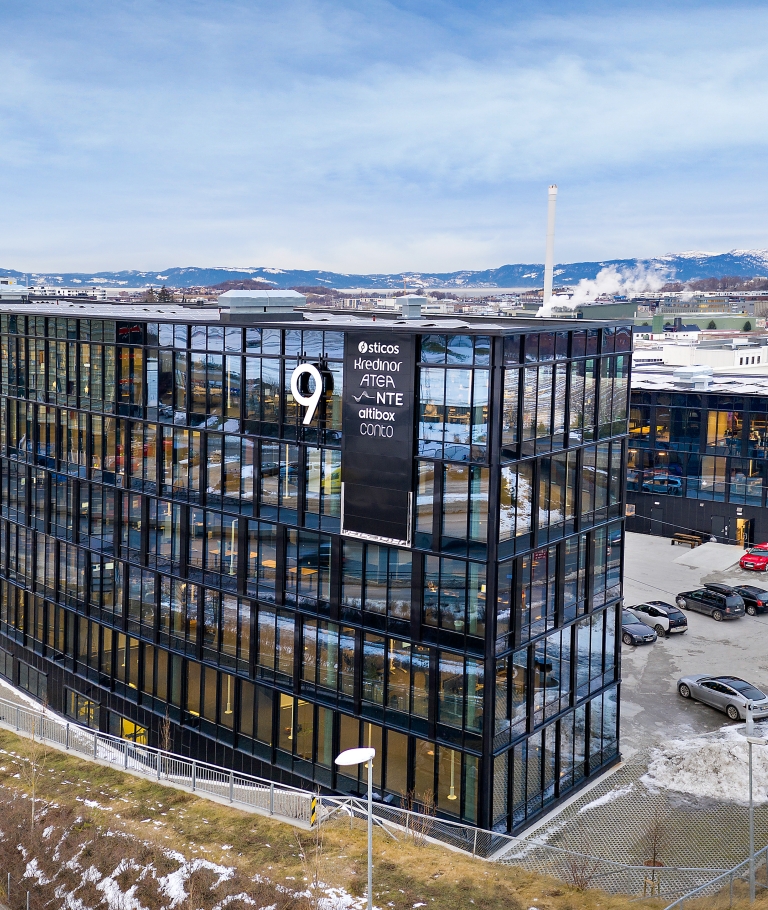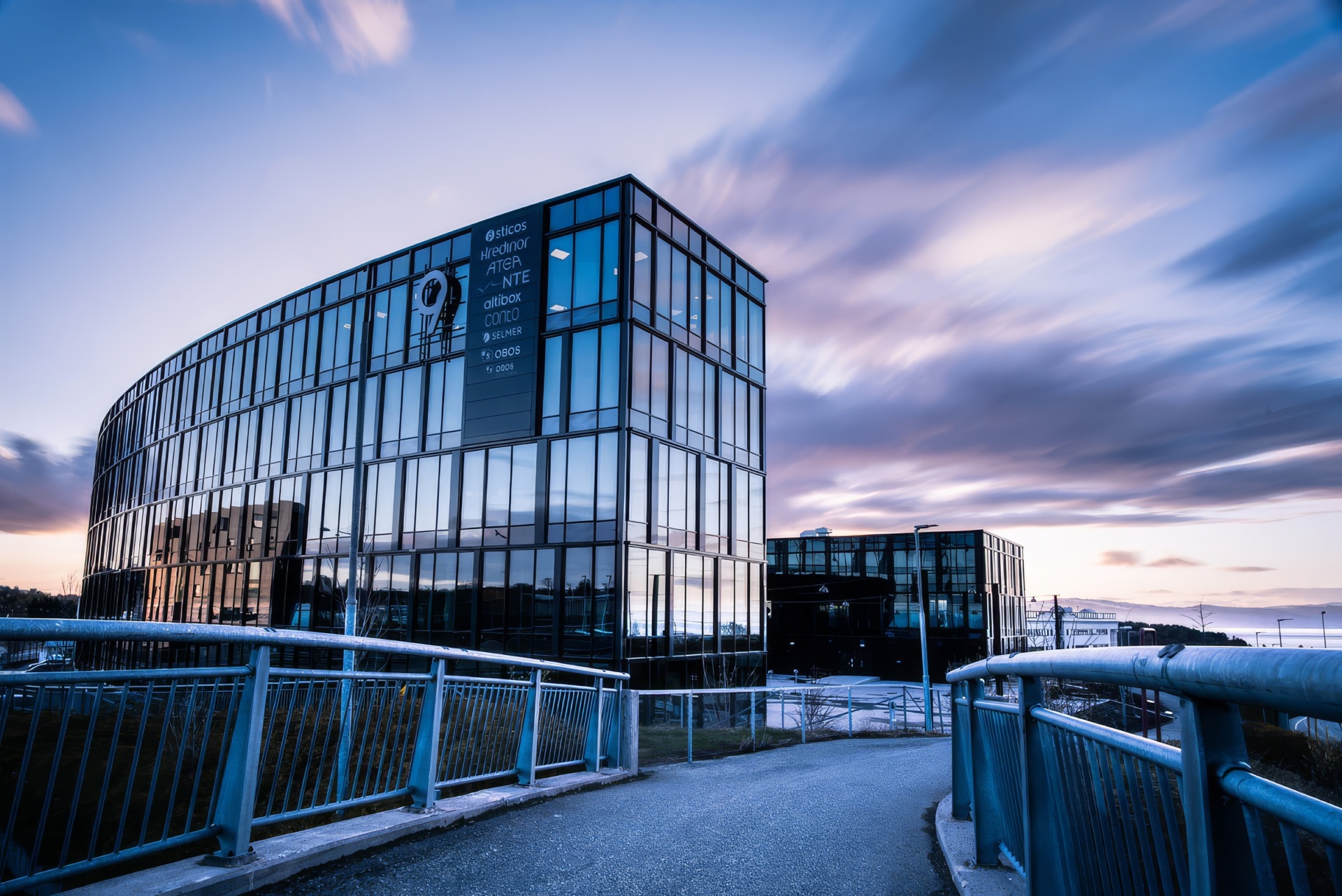
Technology integration: Cartesian’s Thermal Box
KLP Eiendom, one of the largest commercial real estate owners in Norway, is taking a significant step toward the future of office buildings with its new 19,000 m² project in Trondheim. Through thermal energy storage, load shifting, and peak demand reduction, the building is setting a new standard for energy efficiency and sustainability in commercial properties.
KLP has been developing modern office spaces with a focus on sustainability and energy efficiency. To achieve this goal and limit energy consumption, the company has integrated the Thermal Box into its energy strategy for buildings.
With a capacity of 800 kWh, Cartesian’s Thermal Box acts as a compact energy bank. It uses phase change materials (PCMs) to store heat during periods of low energy demand and release it when demand increases. As a result, the load on HVAC systems, which regulate temperature, air quality, and humidity in buildings, is reduced. Additionally, the technology ensures stable indoor temperatures year-round.
The Thermal Box thus decreases dependence on external energy sources, lowers the carbon footprint, and maintains a comfortable indoor climate.

Reduced energy consumption and increased sustainability
Implementation of Cartesian’s Thermal Box has provided KLP Eiendom with multiple benefits in terms of energy consumption and sustainability. The system stabilizes the indoor climate and offers significant savings by efficiently utilizing stored heat. Its use both saves money and supports KLP’s long-term commitment to environmentally friendly operations in several respects.
Reduced energy consumption. The system cuts a building’s total energy use by levelling out peak loads on its HVAC system, ensuring more consistent energy flow.
Lower operating costs. By storing heat in PCM materials and releasing it when needed, the technology significantly reduces the operating costs for HVAC systems, leading to substantial financial savings.
Sustainability. By reducing energy consumption and lowering carbon emissions, the project strengthens KLP’s environmental profile and contributes to a greener future.
The benefits of Thermal Energy Storage
The PCM technology used in the Thermal Box offers several advantages that make it ideal for future energy solutions.
- Optimization of existing systems. The technology integrates seamlessly with existing energy structures, enhancing efficiency without requiring large investments.
- Energy management and flexibility. Load shifting ensures smarter energy use by reducing peak loads, thereby helping control HVAC costs.
- Scalability. The solution can easily be adapted and implemented in multiple buildings and thus provides a model for future energy-efficient office buildings
Adapting to a building’s daily rhythms
The Thermal Box is a flexible energy solution that adjusts to a building’s heating needs. Load shifting allows heat to be stored during periods of low demand and released when needed. Because the technology is adaptable to various building types and energy systems, it readily meets KLP’s needs, requiring only minimal adjustments to the existing infrastructure. It can also easily be scaled up as needed.
Over-all, thermal energy storage with PCM materials provides a robust, reliable, and energy-efficient solution for buildings. This approach has helped KLP balance energy use and reduce operating costs.
Interested in learning more about the Thermal Box?

